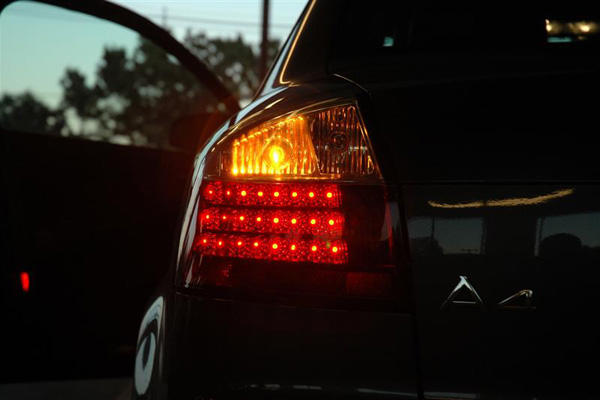Until fairly recently, vehicles were equipped with either dashboard gauges that monitored your vehicle's temperature, oil pressure, charging system, and fuel level; or warning lights that told you something bad had already occurred in one of these areas (which is why we usually called them "idiot lights").
The warning systems on today's vehicles are much more efficient. Warning lights still tell you how much fuel you have; whether the hood, trunk, or a door is open; or if the parking brake is engaged. They beep at you like a frustrated parent if you don't put your seat belt on. And malfunction indicator lights (MIL) check almost every system and warn you about problems that may need to be corrected.
The only trouble is that MILs can be so enigmatic about what's gone wrong — especially when the ominous words "Check Engine" appear — that they can be very unsettling. That warning can apply to the engine, emissions, or accessories, so at first you can't know if it's just that your gas cap is loose or if major surgery is required.
When I turn on Esmerelda's engine, a whole panel of little yellow symbols lights up. Many of these MIL are undecipherable. Others are initials that stand for . . . what? My owner's manual describes most of them, but because these lights only stay on for seconds, it's hard to keep track of them. And if one of them stays lit (bad news!), basically all the owner's manual advises is to head for the dealership. Because that means I have to pay someone to put the car on a scan tool and "read the codes," as a confirmed do-it-myselfer, I'm not happy.
However, because the MIL report the findings of the electronic sensors that constantly monitor your vehicle's airbags, traction control, ABS system, ECU, transmission, and other vital systems — all of which you can't work on yourself — if one of them stays lit after the others go out, it's probably a good idea to head for the car doctor. Failing to do so can void your warranty orreally damage your vehicle.
Tip: There is one bright spot on the horizon: In some areas, there are now do-ityourself service centers where you can drive into one of their bays, follow instructions for finding the place under your dashboard to plug in their diagnostic equipment, get a printout of the "codes," and look up what's wrong. There's a good chance that you'll need professional help, but if you just left your gas cap loose, you can save yourself a lot of time and money.
Other Electrical Gadgets
By keeping the battery charged, the alternator also indirectly supplies the electrical current for the sound system, headlights, taillights, directional signals, defroster/heater/air conditioner blower, and other electrical gadgets. Although most of these components require professional repair, the following parts are pretty easy to deal with yourself:
- Fuses protect electrical component circuits the same way they do in a home. The fuses are located in a fuse box that's usually found under or near the dashboard and possibly under the hood. Your owner's manual should show you where the fuse boxes on your vehicle are, or you can crawl under the dashboard and trace the wires from your sound system until you reach the fuse box.
- Windshield wipers need to be checked and their blades replaced periodically.
- Directional signal flashers on your dashboard do more than tell you whether the directional signals themselves are flashing. They're also designed to provide clues to malfunctions elsewhere on your vehicle!
- Headlights and headlamps have been considerably improved in recent years. Although vehicles with sealed-beam units and old-style light bulbs are still on the road, more modern vehicles have headlamps filled with halogen or Xenon gas. The Xenon headlamps are also known as HID (high intensity discharge) lamps. They're brighter and use less power than halogens do. Most of these are no more difficult to adjust and replace than sealed- beam units were. Headlight development continues. Innovations that already exist and will become more widely available include adaptive front lighting systems (AFS) that can swivel to illuminate a corner and lightweight LED headlamps thathave the potential to outlive your vehicle.
From Auto Repair for Dummies, copyright © 2009 by Wiley Publishing, Inc., Indianapolis, Indiana. Used by arrangement with John Wiley & Sons, Inc.










